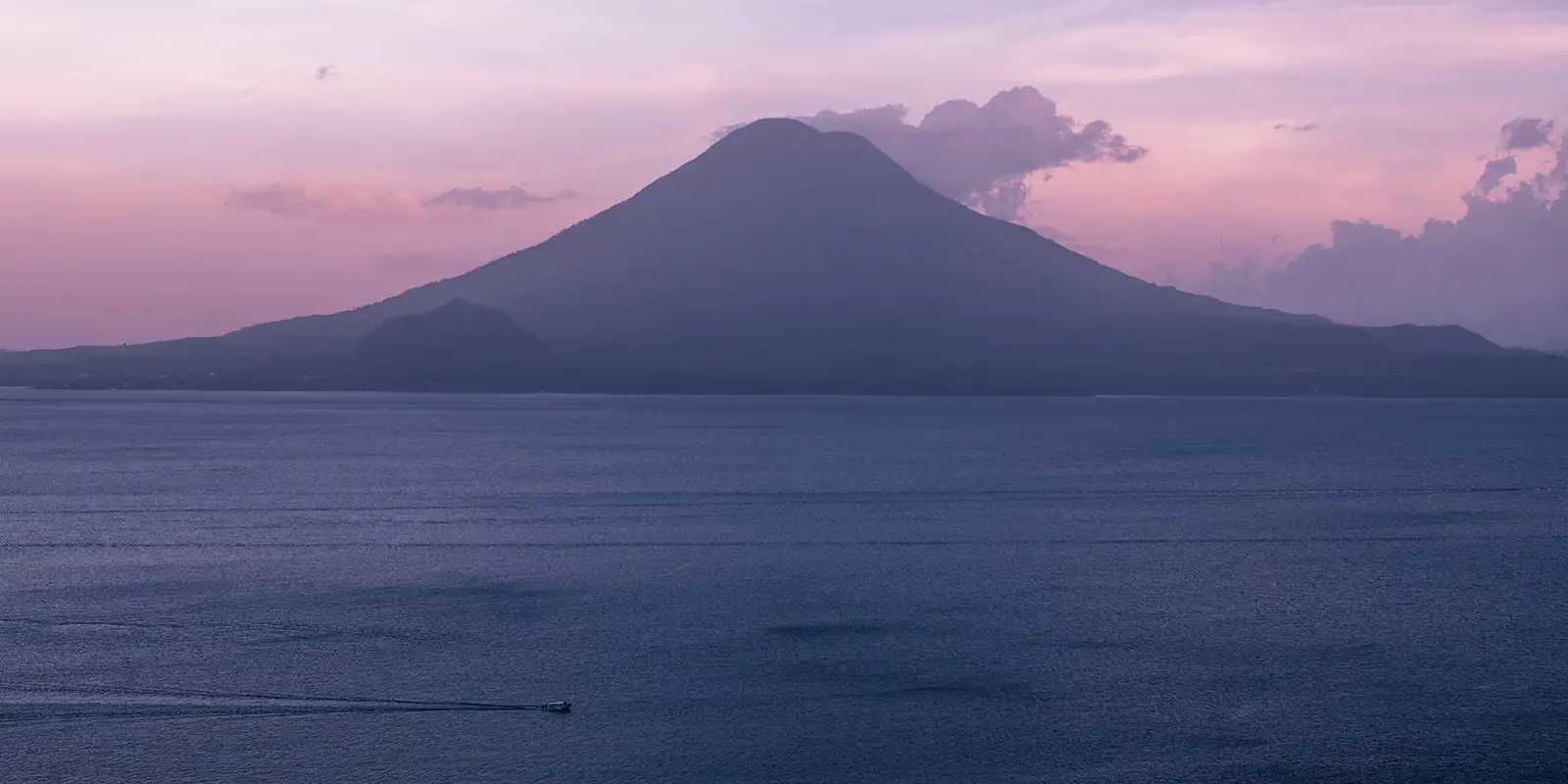Lake Atitlán is an enchanting lake that holds secrets, myths, and a myriad of activities waiting to be explored. Atitlán is considered the most beautiful lake in Central America, surrounded by lush hills and three towering volcanoes. The lake’s vibrant indigenous culture, reflected in the nearby villages, adds to its allure.
Lake Atitlán Secrets and Myths
Beyond its surface beauty, Lake Atitlán holds a secret that has intrigued locals and visitors alike—the mystical aura that surrounds the lake. Indigenous communities believe that the lake’s waters possess healing properties and a powerful energetic vortex, a concentrated source of spiritual energy. Individuals drawn to these locations often seek a transformative experience, feeling that the energetic vortex can positively impact their spiritual and emotional well-being. The spiritual energy of Lake Atitlán alone has attracted seekers from around the world.
Beneath the lake’s placid mirror, legend whispers of a submerged city and its glittering secrets. There have been rare sightings of creatures who inhabit the lake’s depths, and the haunting melodies of these unseen spirits further contribute to the ethereal aura of Lake Atitlán. The creature is said to be dragon-like, and it is known as “Chakona” or “Arcoiris.”
Locals also claim that the lake’s water level plays fickle games, rising and falling at an alarming rate. A sighting in 1938 etched Lake Atitlán’s most bizarre tale. A visiting Frenchman swore he saw a monstrous boa constrictor with an elephant swallowed whole in its belly.
Cultural Activities At Lake Atitlán
Lake Atitlán is a fascinating blend of ancient traditions and vibrant artistry. Visitors can learn the secrets of Mayan textiles, a tradition woven into the very fabric of the region. Workshops scattered along the shore unveil the magic of hand-looms and intricate patterns. Visitors can delve deeper into the mysticism of Mayan fire ceremonies, held in sacred caves near the lake in a Mayan fire ceremony, which takes place in caves near the lake.
Vibrant murals in the towns along the lake’s shore weave tales of Mayan heritage and daily life. No exploration of Lake Atitlán’s artistic spirit is complete without visiting San Juan La Laguna. Here, buildings morph into canvases for breathtaking murals and graffiti. While street art offers a free and open-air gallery, the art galleries are also worth a visit. Cities like Santa Catarina Palopó, Panajachel, and San Juan La Laguna boast charming art galleries. Music is also woven into the soul of Atitlán, with the marimba’s woody melodies painting vibrant soundscapes.
Lake Atitlán’s festivals are a whirlwind of vibrant colors, soulful music, and ancestral rhythms. Easter unleashes a spectacle for the senses with Semana Santa, and this religious event is considered one of the most mesmerizing celebrations at Lake Atitlán. The region’s culture is on full display once again in November during Dia de los Muertos, a holiday which honors deceased loved ones.
Outdoor Activities
Lake Atitlán offers a variety of outdoor activities for visitors to enjoy. The surrounding hills and volcanoes provide excellent opportunities for hiking and trekking. Some popular trails include the Indian Nose hike and the San Pedro Volcano hike. The region is home to various bird species, including sparkling-tailed hummingbirds, slender sheartail, and the golden-olive woodpecker.
Lake Atitlán is a playground for adventure seekers and serenity seekers alike. For the active bunch, Panajachel offers guided paragliding tours and zip-lining adventures that provide unparalleled views of the volcanoes and emerald waters. Visitors who prefer a more gentle pace can grab a kayak or paddleboard and glide across the lake’s surface. Boat tours, which take tourists into the serene heart of the lake, are also available.
Fishing And Swimming At Lake Atitlán
For fishing enthusiasts, Lake Atitlán provides a unique and rewarding experience. The lake is home to a variety of fish species, including rainbow trout and bass. Local fishermen often offer guided fishing trips, providing not only a chance to catch dinner but also an opportunity to learn the traditional fishing techniques passed down through generations.
The lake is generally safe for swimming, but water quality varies. Visitors should steer clear of urban areas like Panajachel and San Pedro, where pollution can linger. The Cerro Tzankujil Nature Reserve is a haven for swimmers away from the cities.







